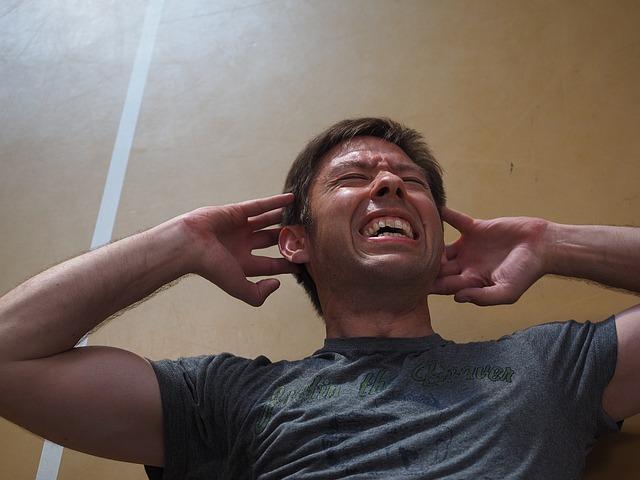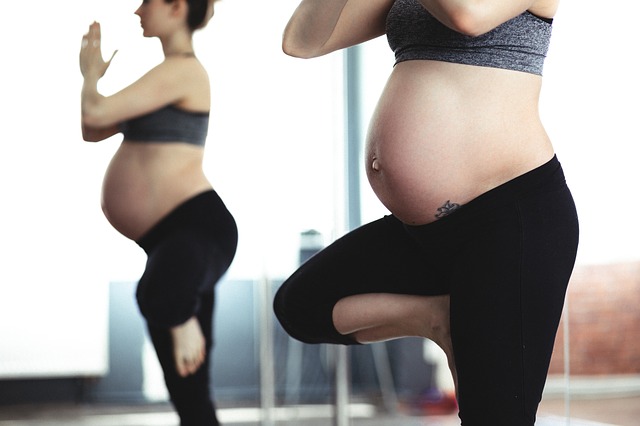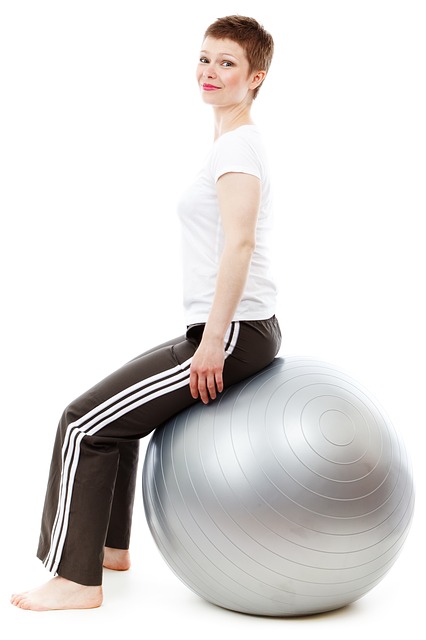Blog
Flexion-Distraction for Back Pain Relief
Flexion-distraction is therapy for back pain sufferers
Flexion-distraction is a well-researched and effective technique which seeks to offer lasting back pain relief to people suffering from conditions including:
- Chronic low back pain
- Herniated disc
- Degenerative disc disease
- Ankylosing spondylitis
- Scoliosis
- Arthritis
- Sacroiliac syndrome…
…among many others. In essence, your spine is always under compression due to the force of gravity. Over time, compressive forces take their toll and cause dysfunction and pain in the spine. Flexion-distraction is a direct treatment for a spine under pressure.
Chiropractic for an Easier Labor
Chiropractic facilitates an easier labor and delivery
Regular chiropractic adjustments during pregnancy have been linked with shorter, less stressful labors. At Family Chiropractic & Natural Healing Center, we are specialists in pregnancy chiropractic. The hormonal and structural changes that occur in a woman’s body during pregnancy often conspire to leave her pelvis out of alignment, creating a domino effect of instability in the base of the spine. This contributes to back pain and can make it difficult for the baby to get into a proper birthing position.
Pain and Pregnancy Should not be Considered Normal
Aches and pains should not be what you remember from your pregnancy
Unfortunately, the narrative our society has accepted is that aches and pains are par for the course when it comes to pregnancy. And when it comes to relief, traditional forms of pain management fall short. Pain medication is a no-go because of the dangers for the fetus; herbal remedies and diet seem to only go so far when it comes to helping back pain. So where does this leave the prospective mother with lower back pain? No matter the severity of your pain, you can do something about it! Chiropractic is tailor made for addressing the aches and pains of pregnancy.
A System for Understanding your Back Pain
No pain is the same
Accordingly, pain should be treated on an individual basis. Even two people with the same diagnosis may respond completely differently to a given treatment. What works for one doesn’t necessarily work for the other. A very frequent treatment for back pain is non-steroidal, anti-inflammatory drugs which repress symptoms while coming with a laundry list of side effects and potential health risks. What’s more, many studies have found that the actual impact on pain management is slight when compared to other forms of treatment. The important thing to remember is that if something is not working for you, there is probably another treatment that will.
Does your Back Pain Prevent you from Sleeping?
Chronic back pain does not mix with sleeping
Chronic pain itself is already creating enough of a drag on your life; when it starts to interfere with your sleep, it’s time to seek relief. People with chronic back pain often don’t sleep well, and people who don’t sleep well often suffer a domino-effect of other health concerns, not the least of which are heightened stress levels. Chronic pain may be an unavoidable part of your life, but you can limit the degree to which it affects the quality and quantity of your sleep.
Back pain and bedtime
At Family Chiropractic & Natural Health Center, we are musculoskeletal specialists who can help you find relief from the chronic pain that is preventing your sleep. Between chiropractic treatment modalities and lifestyle adjustments, we promise there is a way you can find restful, pain-free sleep again. It begins with determining the true cause of your back pain; this is the single most important part of any formula for sleeping with chronic pain. Once we determine what is causing your pain, we set a course for treatment that involves a number of modalities including chiropractic adjustment, decompression therapy, massage and trigger point release. These modalities stimulate the feel-good response. The majority of our clients feel great upon leaving the office and often report that they have had their best sleep in memory after a visit to the chiropractor.
Pain relief for sleeping
But we know that the chiropractor’s office simply isn’t enough to completely revolutionize your sleep with chronic pain. It involves lifestyle adjustments, including diet and alcohol management; and more intangible factors such as sleep environment, mattress and pillow type. All of these things are within your power; it is time to stop letting chronic pain wreak havoc with your sleep life. Take back the power of sleeping from your back pain by calling our office to schedule an appointment today.
Morning Back Pain
Back pain in the morning is the worst way to start the day
Waking up can be a nightmare when you live with morning back pain. Often the pain is at its most intense immediately upon waking, and may dissipate throughout the day to the point where you feel almost no pain at nighttime.
Symptoms of back pain in the morning include:
- Tightness, stiffness, reduced range of motion
- Sharp pain that makes movement difficult
- Feelings of frustration and stress associated with lack of sleep and pain
Sitting in Motion
When it comes to your spine, motion is health-giving
Lack of movement is one of the most common causes for missed work, early retirement and disability. It is a factor that often goes under the radar and accumulates over years of inactivity until it becomes a large problem. As an office of chiropractic, we can confidently say that lack of movement is responsible for many of the complaints we treat on a regular basis. We always say that while there is no silver bullet for solving back pain, there are things you can do to prevent it from happening in the first place. One of the most important of these factors is movement. If you are someone whose job requires them to sit for hours in front of a computer screen, sitting in motion is a good idea!
Maintaining a Normal Life Despite Joint Degeneration
Early detection of degenerative joint conditions is crucial
Osteoarthritis and osteoporosis are autoimmune disorders that contribute to the breakdown of joint cartilage and cause pain and stiffness in the joint areas. These are progressive degenerative conditions that get worse with time and, as of now, there is no known cure. However, that doesn’t mean we have to give up hope! At Family Chiropractic & Natural Healing Center, we focus on treating these conditions in a way that slows down the degeneration and allows you to live a normal life despite the symptoms. One thing that is crucial to our success in treating degenerative joint conditions is their early detection, which means that as soon as you suspect something isn’t right in your joints, it is worth checking in with a medical professional.
Stop Suffering from Spinal Stenosis
Spinal stenosis defined
Spinal stenosis is most commonly depicted as a narrowing of the spinal canal that affects the elderly. A common precursor to spinal stenosis is the crippling onset of arthritis which often reduces the amount of space between vertebrae and instigates a domino effect of problems. As the spinal cord and nerves become pinched, other symptoms begin to rear their ugly heads including:
- Sciatica
- Difficulty moving, standing and sitting
- Issues with bowel control
While there is no known cure for spinal stenosis, there are steps we can take to treat the condition symptomatically, focusing on pain reduction and maintaining a good level of movement.
Your Brain Tangling with Stress
The brain is the organ most affected by stress
Stress and the associated hormone cortisol are well known and studied for their effects on the body, but it is important to remember there is an equal and perhaps even more devastating effect on the brain. Symptoms of a brain exposed to stress for long periods of time mostly operate behind the scenes until they well up into something truly problematic. As if you needed more reasons to reduce your stress level, the brain is quite a compelling one.








